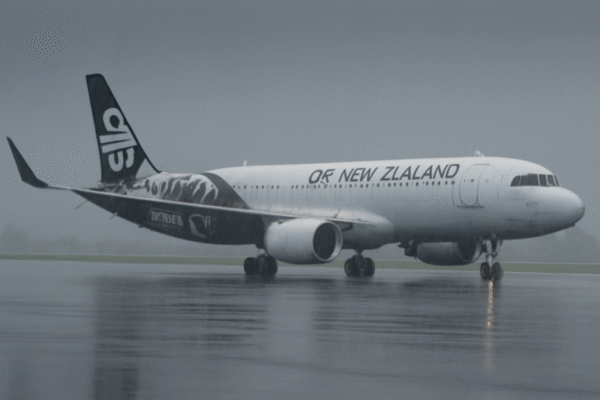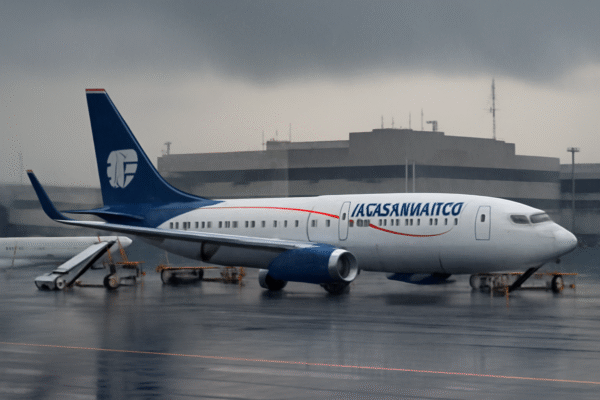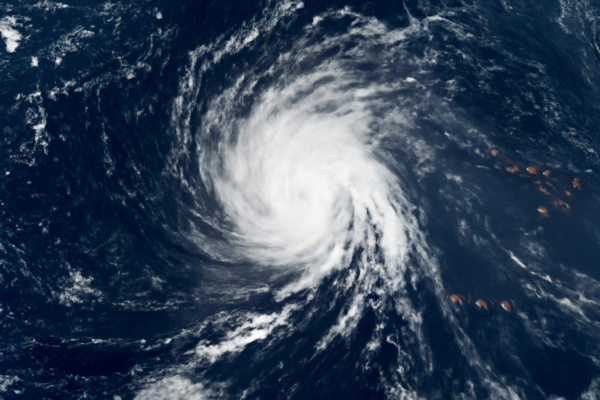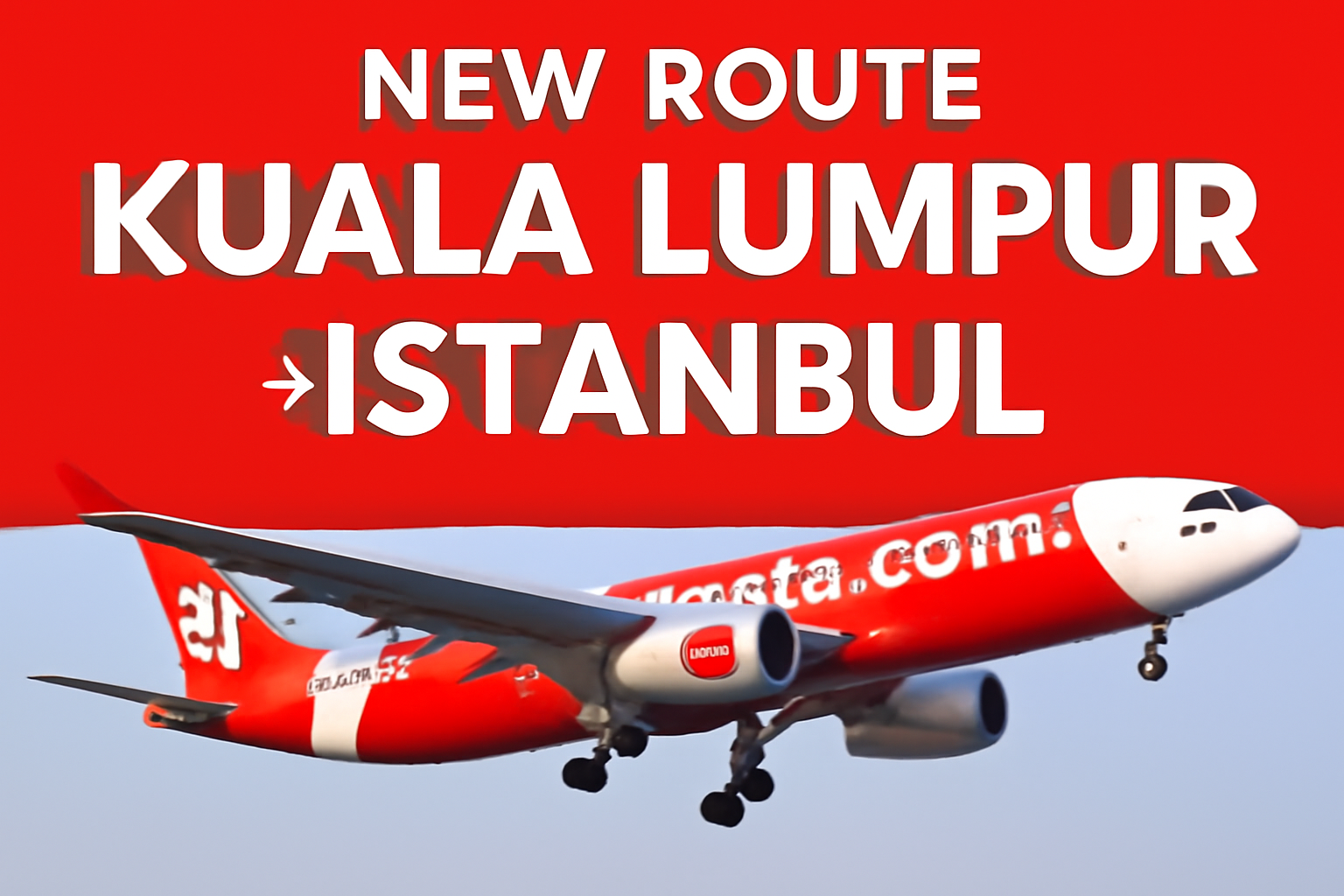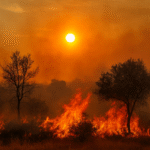Nepal has taken a bold step to broaden its adventure tourism footprint by opening 97 previously restricted mountain peaks to climbers—without permit fees for the next two years. This strategic move aims to redirect climbers toward Nepal’s pristine western Himalayas, enhancing tourism in regions that have long been sidelined.
These peaks, ranging between 5,870 m and 7,132 m, are situated across the Karnali and Sudurpashchim provinces—areas known for their stunning landscapes, but historically hindered by poor accessibility and infrastructure.
Rebalancing Mountaineering and Economic Benefit
By offering free permits, Nepal envisions a dual benefit: alleviating congestion on legendary peaks like Everest and fostering economic uplift in its western provinces. Authorities hope this policy will stimulate local economies in Karnali and Far Western Nepal—areas marked by high poverty levels and minimal tourist traffic.
The majority of climbing revenue—77% in 2024—derived from Everest, leaving remote areas underutilized. Redirecting mountaineering interest promises broader regional gains.
Less Crowded, More Pristine: A New Climbing Frontier
These newly accessible peaks offer solitude and adventure off the beaten track. Notable summits include Api, Saipal, and Api West—all surpassing 7,000 m—providing ideal stepping stones for climbers preparing for more demanding ascents.
This also aligns with proposed regulations requiring climbers to first conquer a 7,000 m peak before attempting Everest—intended to enhance safety and preparedness.
Infrastructure and Accessibility: The Next Climb
However, posting a permit-free policy is just the beginning. Both the Nepal Mountaineering Association (NMA) and tourism officials—such as Rajendra Bahadur Lama and Tourism Director General Dr. Narayan Prasad Regmi—stress the need for infrastructure, logistical support, and guided services to make these regions viable.
Historically, even earlier permit-waiver efforts (2008–2018) drew minimal interest due to inaccessibility and lack of facilities—underlining the importance of coordinated development.
Tourism Spread and Sustainable Future
Nepal’s mountaineering landscape is evolving. With 491 peaks now open, trekking and climbing are gradually shifting from overcrowded central areas to the quiet grandeur of the west.
Leveraging these remote peaks could catalyze job creation—from local guides to accommodation, transportation, and supply chains—fostering sustainable tourism and regional prosperity.
A Climber’s Opportunity and Cultural Exchange
Mountaineers worldwide—including seasoned professionals and aspiring novices—can now explore untouched Himalayan landscapes without permit costs. This opens the door to a more immersive, tranquil, and culturally enriching climbing experience.
Such journeys also spark cultural exchange—connecting foreign explorers with under-the-radar communities and fostering mutual appreciation.
What Lies Ahead
For this ambitious vision to succeed, investment is needed in:
- Access roads and transport
- Local accommodation and logistical support
- Guide training and safety infrastructure
- Promotional marketing through tourism agencies
This holistic approach will determine whether these remote Himalayan gems become the next frontier for sustainable adventure tourism in Nepal.
Final Take
Nepal’s two-year permit waiver for 97 remote Himalayan peaks signals a new era in mountaineering tourism. By diversifying climbing options, distributing economic benefits, and promoting safety and exploration, Nepal is reshaping its adventure landscape—encouraging trekkers to discover quieter, off-the-grid peaks that promise both exhilaration and solace.
If you’d like, I can spotlight guide programs, trekking logistics, or monthly climbing conditions in Karnali and Sudurpashchim.
For more travel news like this, keep reading Global Travel Wire





